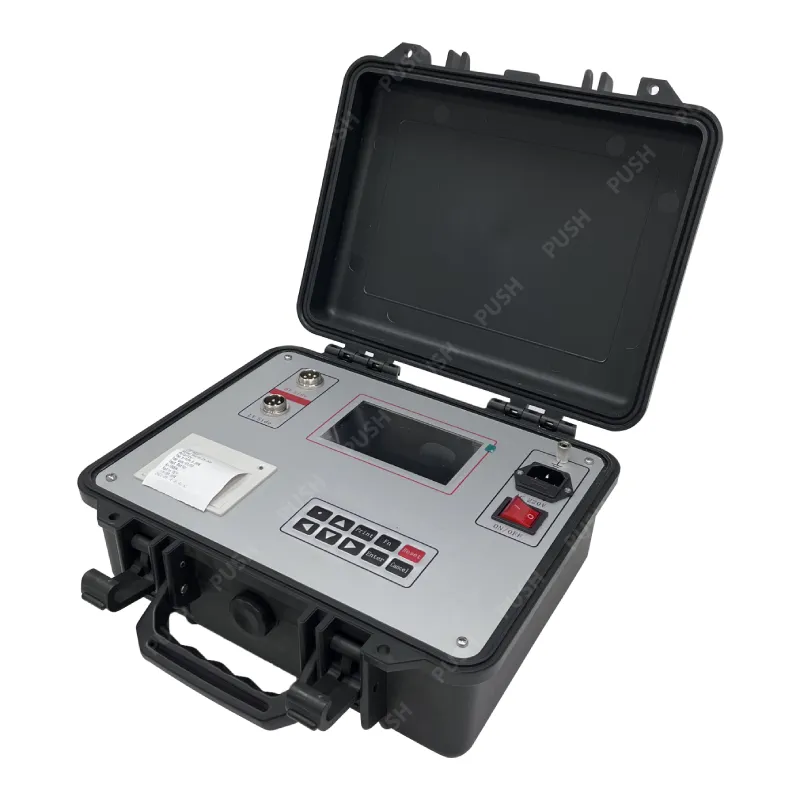 English
English



-
 Afrikaans
Afrikaans -
 Albanian
Albanian -
 Amharic
Amharic -
 Arabic
Arabic -
 Armenian
Armenian -
 Azerbaijani
Azerbaijani -
 Basque
Basque -
 Belarusian
Belarusian -
 Bengali
Bengali -
 Bosnian
Bosnian -
 Bulgarian
Bulgarian -
 Catalan
Catalan -
 Cebuano
Cebuano -
 China
China -
 China (Taiwan)
China (Taiwan) -
 Corsican
Corsican -
 Croatian
Croatian -
 Czech
Czech -
 Danish
Danish -
 Dutch
Dutch -
 English
English -
 Esperanto
Esperanto -
 Estonian
Estonian -
 Finnish
Finnish -
 French
French -
 Frisian
Frisian -
 Galician
Galician -
 Georgian
Georgian -
 German
German -
 Greek
Greek -
 Gujarati
Gujarati -
 Haitian Creole
Haitian Creole -
 hausa
hausa -
 hawaiian
hawaiian -
 Hebrew
Hebrew -
 Hindi
Hindi -
 Miao
Miao -
 Hungarian
Hungarian -
 Icelandic
Icelandic -
 igbo
igbo -
 Indonesian
Indonesian -
 irish
irish -
 Italian
Italian -
 Japanese
Japanese -
 Javanese
Javanese -
 Kannada
Kannada -
 kazakh
kazakh -
 Khmer
Khmer -
 Rwandese
Rwandese -
 Korean
Korean -
 Kurdish
Kurdish -
 Kyrgyz
Kyrgyz -
 Lao
Lao -
 Latin
Latin -
 Latvian
Latvian -
 Lithuanian
Lithuanian -
 Luxembourgish
Luxembourgish -
 Macedonian
Macedonian -
 Malgashi
Malgashi -
 Malay
Malay -
 Malayalam
Malayalam -
 Maltese
Maltese -
 Maori
Maori -
 Marathi
Marathi -
 Mongolian
Mongolian -
 Myanmar
Myanmar -
 Nepali
Nepali -
 Norwegian
Norwegian -
 Norwegian
Norwegian -
 Occitan
Occitan -
 Pashto
Pashto -
 Persian
Persian -
 Polish
Polish -
 Portuguese
Portuguese -
 Punjabi
Punjabi -
 Romanian
Romanian -
 Russian
Russian -
 Samoan
Samoan -
 Scottish Gaelic
Scottish Gaelic -
 Serbian
Serbian -
 Sesotho
Sesotho -
 Shona
Shona -
 Sindhi
Sindhi -
 Sinhala
Sinhala -
 Slovak
Slovak -
 Slovenian
Slovenian -
 Somali
Somali -
 Spanish
Spanish -
 Sundanese
Sundanese -
 Swahili
Swahili -
 Swedish
Swedish -
 Tagalog
Tagalog -
 Tajik
Tajik -
 Tamil
Tamil -
 Tatar
Tatar -
 Telugu
Telugu -
 Thai
Thai -
 Turkish
Turkish -
 Turkmen
Turkmen -
 Ukrainian
Ukrainian -
 Urdu
Urdu -
 Uighur
Uighur -
 Uzbek
Uzbek -
 Vietnamese
Vietnamese -
 Welsh
Welsh -
 Bantu
Bantu -
 Yiddish
Yiddish -
 Yoruba
Yoruba -
 Zulu
Zulu
ttr test
Understanding the TTR% Test A Comprehensive Overview
The TTR% (Type-Token Ratio) test is a vital metric in the fields of linguistics, psychology, and education, particularly in analyzing language proficiency and vocabulary use. By evaluating the ratio of unique words (types) to the total number of words (tokens) in a given text, researchers and educators can gain insights into an individual's language skills and their capacity for expressive language use.
Understanding the TTR% Test A Comprehensive Overview
The calculation of TTR% is straightforward it is determined by dividing the number of unique words by the total number of words in a sample and then multiplying by 100 to express the result as a percentage. For instance, if a piece of text contains 100 words in total, with 60 of those being unique, the TTR would be (60/100) * 100 = 60%. This means that 60% of the words used in that particular text are unique, reflecting a high level of vocabulary diversity.
ttr test

However, while TTR% is a useful metric, it is essential to consider its limitations. One significant factor affecting TTR is the length of the text sampled. Shorter texts tend to yield a higher TTR because they are more likely to contain a higher proportion of unique words. Conversely, longer texts may demonstrate a lower TTR as they tend to include more repetitions. Therefore, when utilizing the TTR% test, researchers must standardize text length or interpret results with caution to avoid misleading conclusions.
In practical applications, the TTR% test can play a crucial role in various educational contexts. For example, educators can use TTR to assess students' writing skills, helping them identify those who may benefit from targeted vocabulary instruction. In second language acquisition, TTR can help monitor a learner’s progress over time, assessing the development of their vocabulary as they become more fluent in the language.
Moreover, TTR has implications beyond educational settings; it can also be used in research to compare the linguistic abilities of different populations. For instance, studies might investigate the TTR of speakers from diverse backgrounds to understand how socioeconomic factors, education, and exposure to language affect vocabulary use and linguistic complexity.
In conclusion, the TTR% test is an essential tool for analyzing language use and vocabulary diversity. While it has its limitations, when applied thoughtfully, it provides valuable insights into linguistic abilities across various contexts. Whether in educational assessments or research studies, understanding and utilizing TTR can help promote effective language development strategies and enhance our comprehension of language dynamics.
-
Exploring the Main Types of Industrial Endoscopes and Their Applications Across IndustriesNewsJul.04,2025
-
Testing Equipment Industry Sees Major Advancements in 2025: Smart & Precision Technologies Lead the WayNewsJun.06,2025
-
Applications of Direct Current Generators in Renewable Energy SystemsNewsJun.05,2025
-
Hipot Tester Calibration and Accuracy GuidelinesNewsJun.05,2025
-
Digital Circuit Breaker Analyzer Features and BenefitsNewsJun.05,2025
-
Benefits of Real-Time Power Quality Monitoring Devices for Industrial EfficiencyNewsJun.05,2025



